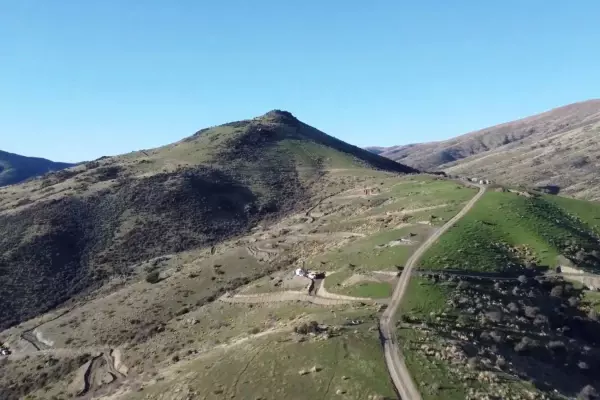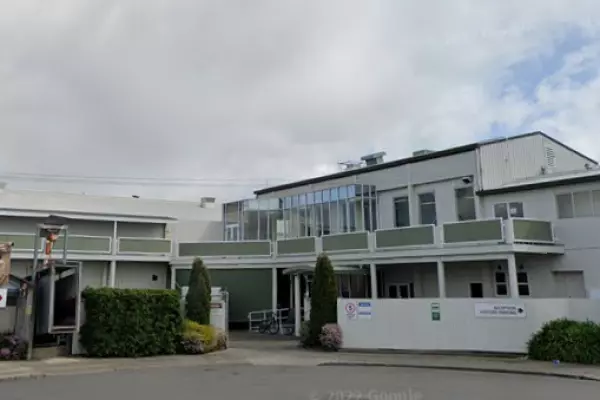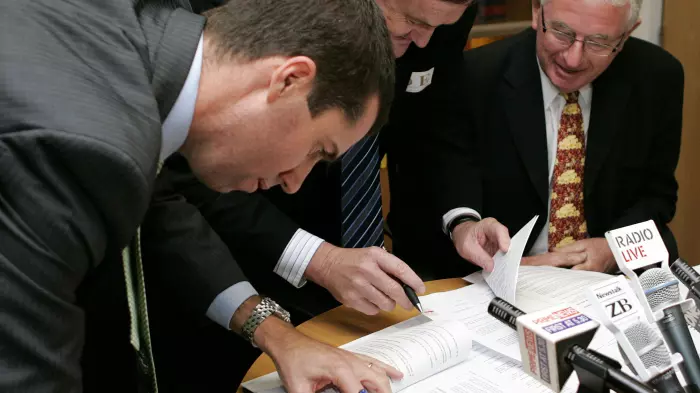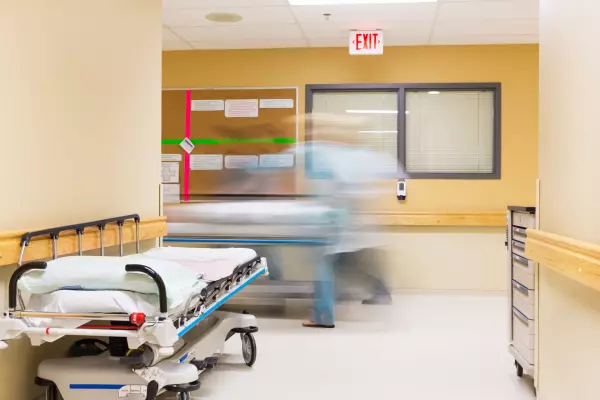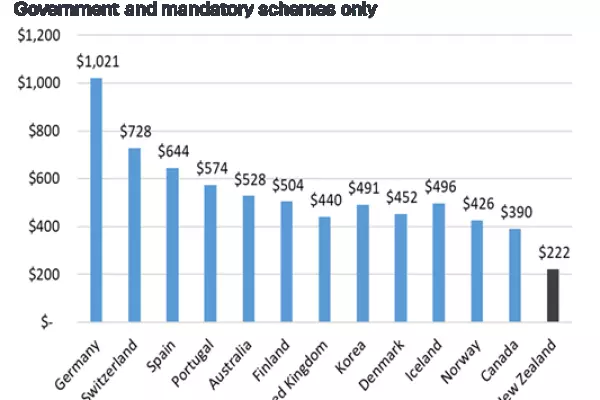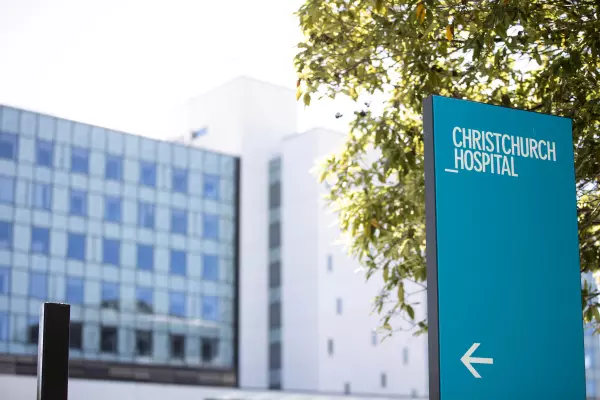Innovative New Zealand-designed software is saving thousands of hours for overworked emergency department doctors and nurses in hospitals throughout the country.
Emergency Q is a cloud-based software created by health tech provider, Tai Pari Mōhio, which is already used in the emergency departments of seven hospitals nationwide.
Now it's looking to go global.
EQ founder and director Morris Pita said EQ allows nurses in emergency departments (EDs) to transfer non-urgent patients with primary care needs to primary care providers. That allows medical professionals to focus on patients with acute needs.
Many NZ hospitals are short-staffed and professionals work long hours to cope with big caseloads and long queues.
Independent research shows the service to date has saved emergency department doctors, nurses and front-desk staff more than 136,000 hours in resources – over 15 years in total.
The time saved corresponds with 88,000 hours of an emergency department doctor’s time and 30,000 hours of an ED nurse’s time.
Each person transferred out of ED saves an hour of medical professionals’ time. That’s 45 minutes for a doctor and 15 minutes for a nurse.
Pita said on any given day, about one in four patients who present to an emergency department in an NZ hospital actually has a fairly minor condition that could be treated by a general practitioner.
He realised this issue himself when he took his son to the emergency department of his local hospital thinking he had a serious illness. After several long hours in the waiting room, a doctor told them they didn't need to be there and it wasn't a medical emergency.
“People don't often appreciate emergency department training for staff is around emergencies.”
Pita saw a problem and wanted to help improve their systems. That's what inspired the idea for EQ, a software solution that empowers frontline nurses and saves hospitals and patients time.
The software algorithms predict live artificial intelligence-derived wait times for ED and local community clinics.
Nurses use the computer program to identify patients who can be safely transferred to a primary care clinic in the community, he said. Patients are then offered this option rather than waiting.
That saves staff time diagnosing and treating non-acute illnesses and injuries.
Making a difference
Willem Landman, who has been an ED doctor for more than 20 years and has managerial and leadership roles at Te Whatu Ora, is the clinical quality lead at EQ.
He said patient care is always a priority while managing workloads.
"If you can do this for three patients a day, that'll make a difference.
"And now it's typically 20 patients a day, which is more than two clinicians' work. That's more than two doctors' worth of work a day within the emergency department.
"So, I've been blown away by how effective and safe Emergency Q is."
Landman said the primary goal of EQ is to inform patients of their choices while ensuring that they are in "the right queue".
Their research showed there were many reasons for patients going to an emergency department rather than to a GP clinic.
Sometimes people just didn't know where to go and were worried, he said.
"We often say it's about getting the right patient to the right place at the right time.”
Landman leads the clinicians that help innovate EQ to improve the software's use in hospitals.
“There are three of us that look at the patient journeys and ensure that we continue to refine the EQ system to become more effective, efficient and safe.”
Landman said EQ isn’t designed to solve the problem of moving patients from the ED into the hospital.
“This doesn't solve that. It solves the journey. For the other people who come to the emergency department who are always going to be discharged straight from the emergency department, it solves their journey, and it gives emergency doctors and nurses time to spend on patients with medical emergencies, that they're best suited to be dealing with.
“It will not solve the issue that hospitals are currently facing with overcrowding.”
Landman said supporting patients as they move through their ED journey faster helps reduce the load.
He said he was "really proud" of the equitable outcomes EQ has provided Māori and Pasifika, who often make up many of the patients affected.
“EQ has enabled more Māori and Pasifika to get into urgent care centres that they otherwise would not have been able to access."
In some districts, the care is funded by the hospital. Pita said they have been comfortable with taking care of the cost to transfer the patient into urgent care facilities.
This took away another barrier making accessing healthcare difficult for many New Zealanders.
Landman agrees: "It's the equity effect that EQ has proven to have that has been one of the best things about it. There are options for people."
High overheads
The program has already won several awards, including NZ’s Most Innovative Hi-Tech Service, 2020, Best Māori Hi-tech Company, 2020, and Most Innovative Hi-Tech Service for the Public Good, 2018.
Aside from the several hospital EDs that already use EQ, there are also 18 clinics from Whangarei to Invercargill that use it.
The first hospital was North Shore, six years ago. A year later, they went into Middlemore and then Waikato. Since then, Whangārei, Waitakere, Thames and Invercargill have started using the software.
Pita said getting EQ into different hospitals across the country was quite a fragmented procurement process because each one operated independently.
He is now in discussions with Te Whatu Ora in the hope the health service would roll it out nationwide.
Pita said his team’s focus has been on developing good software.
“One of the things that we've probably been a little bit guilty of is focusing heavily on the software and we don’t get out there and talk about what we do.
“We want to help people and be a solution for our community.”
Pita also credits his whakapapa, Ngātiwai, Ngāti Hine, as being a guiding principle for developing EQ.
“The way we designed the software was that everything in the universe is connected – whanaungatanga [connections between people]. Every person, every rock, every tree, every organisation is connected.
“And so we've designed the software in such a way as to meet the unique needs and drivers and concerns of each stakeholder, and we do it all simultaneously.
"So, when you connect everybody in real-time and the information that they need to make the decisions, then you get the magic, which is the outcome that we see.”
The minister of health, Dr Ayesha Verrall, said she welcomed all initiatives that work to help people stay well in the community and support patients to get the care they need in the most appropriate location.







